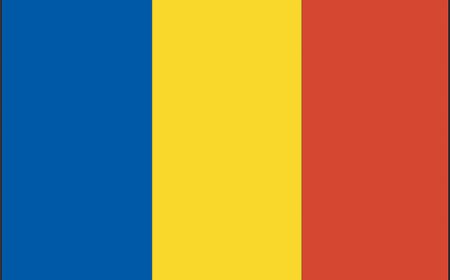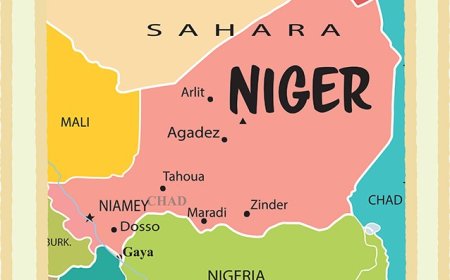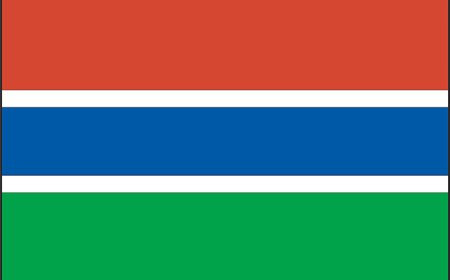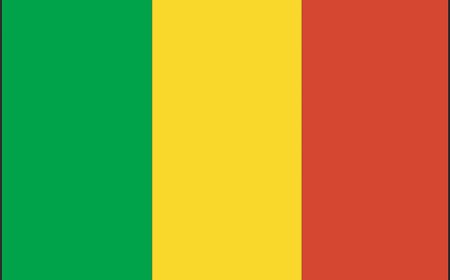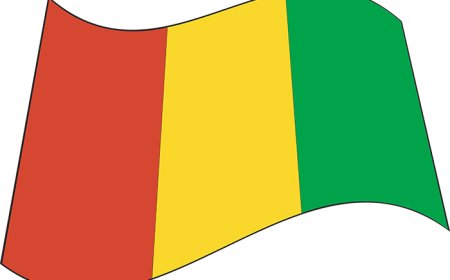Cape Verde for Students: Geography, Culture, and History of an African Island Nation
Discover the islands, culture, and rich history of Cape Verde in this student-focused article. Includes quiz, vocabulary, and national education standards
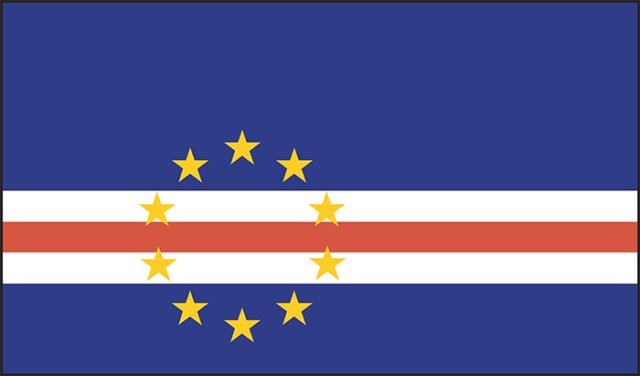
🌍 Introduction: A Land of Islands and Identity
Cape Verde, also known as Cabo Verde, is a small island country off the west coast of Africa. Made up of ten volcanic islands, it sits in the Atlantic Ocean, about 600 kilometers (370 miles) from Senegal. Though it has no land borders, Cape Verde has deep cultural ties to Africa, Europe, and the Americas.
Once a stopover for ships crossing the ocean, Cape Verde has a long history of migration, trade, and cultural exchange. Today, it is known for its peaceful democracy, Creole culture, music, and natural beauty. Even though the islands are small and dry, the people of Cape Verde have created a strong national identity that blends many cultures into one.
🗺️ Geography and Environment
Cape Verde consists of ten main islands and several smaller islets. The islands are divided into two groups:
Barlavento (Windward) Islands in the north, including Santo Antão, São Vicente, and Sal
Sotavento (Leeward) Islands in the south, including Santiago, Fogo, and Brava
Each island has its own unique landscape. Santo Antão has lush valleys and green mountains, Sal and Boa Vista have sandy beaches and dry plains, and Fogo has an active volcano, Pico do Fogo, which is the highest point in Cape Verde.
The climate is generally hot and dry, with little rain. This makes farming difficult, and the country often relies on imported food. However, the islands’ stunning scenery and sunny weather attract tourists from around the world.
🏛️ Government, Language, and Population
Cape Verde is a democratic republic with a president and a parliament. The capital city is Praia, located on the island of Santiago, which is also the largest and most populated island. The country is known for having one of the most stable governments in Africa.
Cape Verde has a population of around 600,000 people, but many Cape Verdeans also live abroad, especially in Portugal, the United States, Brazil, and France. In fact, there are more Cape Verdeans living outside the country than inside!
The official language is Portuguese, a result of the country’s colonial history, but most people speak Cape Verdean Creole (Kriolu) in daily life. Creole is a mix of Portuguese and African languages, and it is spoken in different ways on each island.
Most Cape Verdeans practice Christianity, mainly Roman Catholicism, and many also celebrate local traditions and festivals that mix African and European influences. The national currency is the Cape Verdean escudo (CVE).
🎭 Culture and Daily Life
Cape Verdean culture is shaped by its island lifestyle and its history of blended cultures. Life moves at a slower pace than in many mainland African countries, and people value community, music, and hospitality.
Music is one of the most important parts of life in Cape Verde. The islands are the birthplace of morna, a slow, emotional style of music often compared to the blues. Morna was made famous by the singer Cesária Évora, who became an international star. Other popular music styles include coladeira, funaná, and batuque.
People enjoy dancing, playing instruments like the guitar and cavaquinho (a small string instrument), and listening to music in homes, cafés, and public squares.
Traditional Cape Verdean food includes cachupa, a stew made from corn, beans, sweet potatoes, and meat or fish. Fish is common in the diet, and meals often include fried bananas, rice, yams, and tropical fruits.
Daily life often centers around family, and many families have members who live abroad and send money home. Education is important, and the government has made strong progress in providing schooling for all children.
📜 History: From Colonization to Independence
Cape Verde was uninhabited until it was discovered by Portuguese explorers in the 1400s. Because of its location in the Atlantic, it became a center for slave trade and shipping during the 1500s and 1600s. Slaves were brought from Africa and sent to the Americas, or used to work on the islands.
Over time, the islands became home to a mixed population of African and European descent, creating a unique Creole identity. Cape Verdeans developed their own language, customs, and music while living under Portuguese rule for more than 500 years.
Cape Verde gained its independence from Portugal in 1975, after many years of peaceful protests and partnerships with Guinea-Bissau, another former Portuguese colony.
Since then, Cape Verde has become a model of stability in West Africa, with peaceful elections, free speech, and growing partnerships with other countries.
💰 Economy and Resources
Cape Verde has few natural resources, but its people have created a strong economy through tourism, fishing, remittances, and services. Many Cape Verdeans work overseas and send money back to their families, which supports local businesses and schools.
Tourism is a major industry, especially on islands like Sal and Boa Vista, which are known for their white-sand beaches, resorts, and water sports like windsurfing and diving.
Fishing is important for both food and exports, and some people also work in textile factories, shipping, and renewable energy. Because water is scarce, the country uses desalination plants to turn ocean water into drinking water.
Cape Verde also invests in solar and wind energy, making it one of the most environmentally forward-thinking nations in the region.
🌿 Wildlife and Natural Beauty
Cape Verde is home to rare birds, sea turtles, and marine life. Its unique location and dry climate mean there are few large land animals, but many of the islands serve as important habitats for endangered species.
Several species of sea turtles nest on the beaches, and the surrounding ocean waters support whales, dolphins, and colorful fish. The islands are also a stopover for migrating birds, and some small birds like the Cape Verde warbler and Iago sparrow are found nowhere else.
Hikers and nature lovers enjoy exploring the volcanic trails of Fogo, the green valleys of Santo Antão, and the rocky coastlines of São Vicente. Environmental groups are working to protect these natural spaces from overdevelopment and pollution.
📚 Vocabulary List
Word Definition
Archipelago A group of islands
Creole A culture and language formed from a mix of African and European roots
Morna A traditional Cape Verdean music style known for emotional melodies
Volcano A mountain that can erupt with lava, found on Fogo island
Emigrate To leave one’s home country to live in another
Desalination The process of turning seawater into fresh water
Cavaquinho A small, guitar-like instrument used in Cape Verdean music
Escudo The currency used in Cape Verde
Cachupa A traditional Cape Verdean stew made with corn and beans
Renewable energy Energy from sources like wind or sun that won’t run out
🧒 Kid-Friendly Summary
Cape Verde is a group of islands in the Atlantic Ocean, off the coast of West Africa. It’s famous for music, beaches, and volcanoes. The people speak Portuguese and Creole and love to dance and play music like morna. Even though farming is hard, Cape Verde grows by fishing, tourism, and help from family members living abroad. Each island has its own style, and everyone works together to keep their culture and land strong. It’s a small country with big spirit!
🎯 Quiz: What Do You Know About Cape Verde?
1. What is the capital of Cape Verde?
a) Sal
b) Mindelo
c) Praia
d) Brava
2. What is morna?
a) A type of clothing
b) A traditional dish
c) A musical style
d) A mountain
3. What is Cape Verde’s official language?
a) English
b) Portuguese
c) French
d) Arabic
4. What is the name of the volcanic island with the highest mountain?
a) Santo Antão
b) São Vicente
c) Fogo
d) Sal
5. What is cachupa?
a) A dessert
b) A boat
c) A music festival
d) A stew made with corn and beans
🏫 National Education Standards Covered
Geography: NGS Standards 1, 4, 6, 10, 13
History: NSH Historical Thinking 1, 2, 3; Eras 1, 6, 7, 9
Social Studies (C3): D2.Geo.4-8, D2.His.1-8
Literacy (Common Core): RI.6.1, RI.6.2, RI.6.4, RH.6-8.7


















































